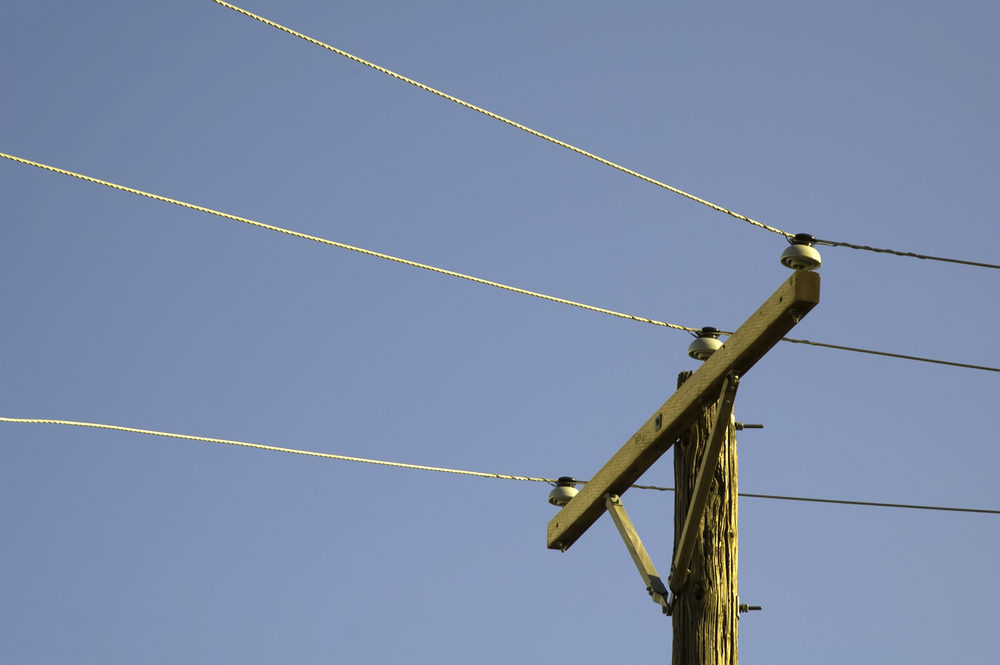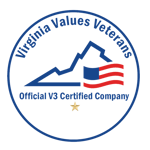
Disaster Tech is thrilled to share the important work of our Energy Research Intern, Alexa Lorillard! Alexa is a Graduate Student in Environmental Science and Policy at Columbia School of International and Public Affairs. She joined our team last year to investigate the open source, free power outage data space and has recently completed her capstone project on the risk management practices of different utilities as they relate to climate change.
At the end of the year, Alexa presented her research to our team, which included a discussion on how we can continue her research as she leaves the team to follow her career ambitions. The work that she did with Disaster Tech was influential in shaping these goals as it confirmed that she wants to work in energy in some capacity. After her presentation, we sat down with Alexa (virtually!) to learn more about her research over a Q&A conversation. Check it out below!
EK: Could you provide a brief summary of your research project for our readers?
AL: I was hired as a Research Intern with Disaster Tech to investigate the open source, free power outage data space. The company had already identified free power outage data for some states within Central US, from Arc GIS. After a few weeks of searching to no avail, I spoke with Sean and Dana and pivoted to my current capstone project. I am now completing a project about the risk management practices of different utilities as it relates to climate change. As global warming increases and climate change continues to create unprecedented weather events, utility asset risk is becoming ever more important. In analyzing utility risk and risk management, access to capital and utility location are two of the most critical variables. Thus, my paper looks to explore the difference in risk management approaches by utility type and region.
As global warming increases and climate change continues to create unprecedented weather events, utility asset risk is becoming ever more important.
In adopting an EPA approach, I broke the US into 9 regions and identified utilities across each region that differed by type: IOU versus co-op versus public. I then created a survey to send to the managers of climate risk management at each utility. Given the holidays, and people’s general unwillingness to respond, my capstone sets up the experiment but doesn’t actually carry it out. In the future, Disaster Tech could benefit from scaling the effort and reaching 30-50 utilities to increase the sample size and thus the ability to draw conclusions. The findings of this project could be to better understand how DICE could help specific utilities in assessing their risk and mitigating that risk through grid resilience and monetization.
EK: What was the biggest challenge you faced in this project?
AL: Although I tried to contact a lot of utility companies, it was really difficult to get responses. I’m not sure if this was because of the pandemic or the timing (it was nearing the holidays) or just general unresponsiveness. That was the biggest problem; I spent time developing these hypotheses and still think that it would be really interesting to see if they are supported or not. I hope that Disaster Tech is able to continue with this project and look forward to seeing the findings if they do!
EK: What was your favorite aspect of your research?
AL: I really enjoyed learning about energy and its applications in the real world, not just in the classroom. I hadn’t always known I wanted to work in energy, but I took the first core class in energy at Columbia to see if it was something I was interested in. The class was really challenging but also really interesting, and it cemented the fact that I did want to work in this field. Doing my own research that confirmed everything I’ve learned in class was really rewarding.
EK: How did you decide to pursue an MPA in Environmental Science and Policy?
AL: I studied policy as an undergraduate but took a lot of general policy and health policy courses because that’s what was offered. My first job out of college was with a network firm, but I didn’t love that. After the pandemic hit I took a step back and thought about what I actually wanted to do. I had spent a summer with NOLS in Alaska and a semester studying ecology in New Zealand, and through those experiences I really became obsessed with the environment and climate work. It was too late to change my major, but I quit my job and started working part-time for two environmental nonprofits, Sustainable Development Solutions Network (SDSN) and the Global Warming Mitigation Project. I then decided I wanted to go back to school because so many jobs in this field require a master’s degree. I thought the curriculum at Columbia looked really interesting and I liked that it was just one year.
EK: So what’s next for you after you graduate this May?
AL: My future career goals are still being developed. Right now, I think I want to work in energy, perhaps at a renewable energy developer. I would love the opportunity to develop solar and/or wind projects and split my time between the field and market research. But I still really don’t know, I’m hoping I will gain some more clarity over the last semester of my master’s program!

201 N Union Street, Suite 110
Alexandria, VA 22314
(202) 838-3176